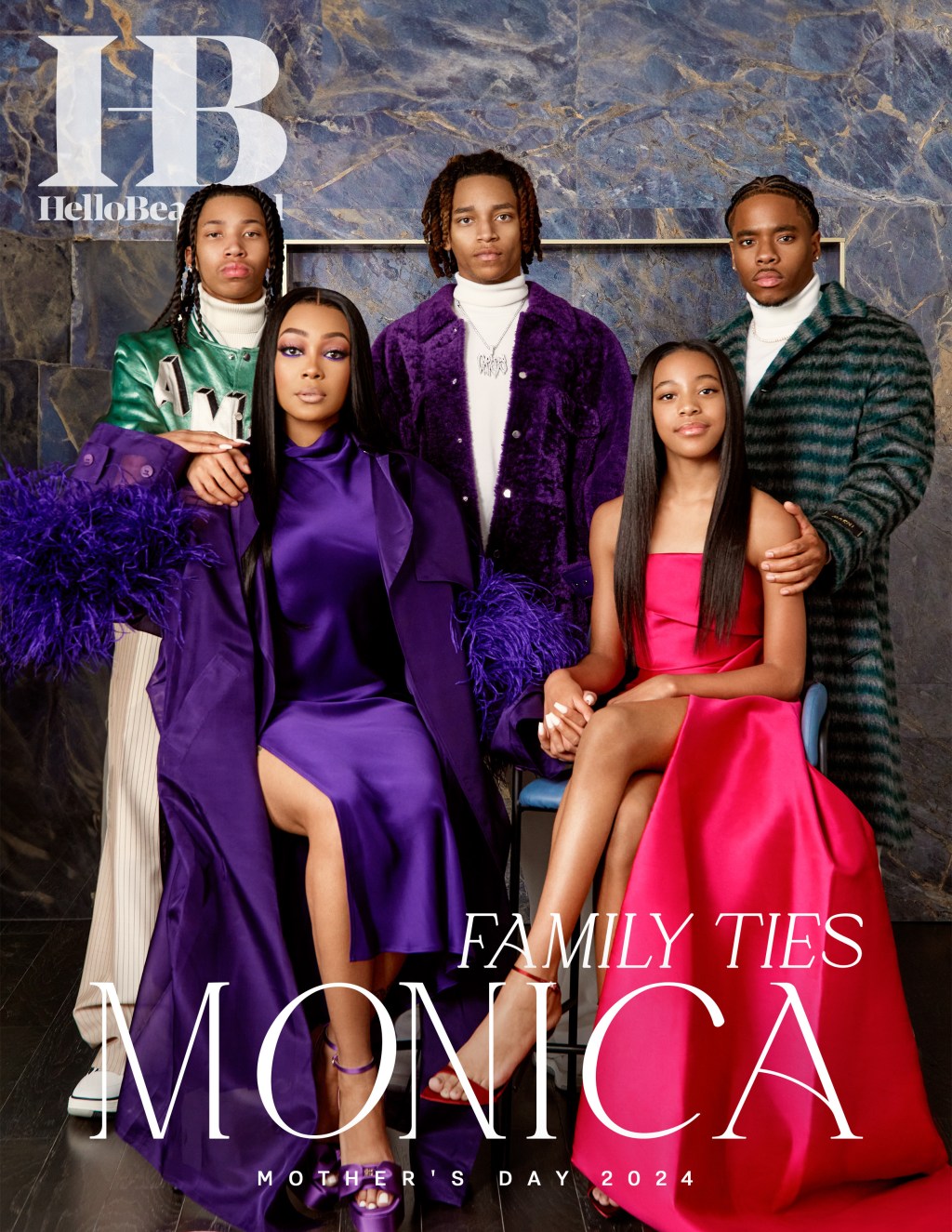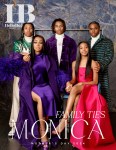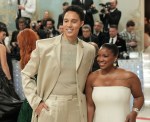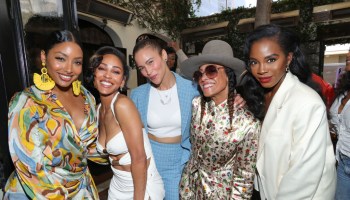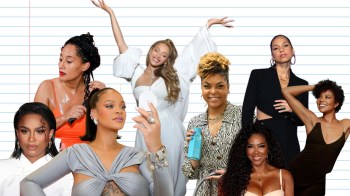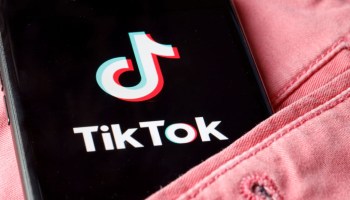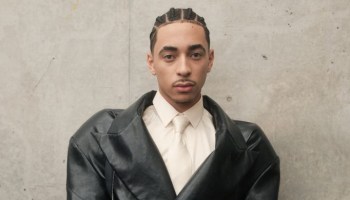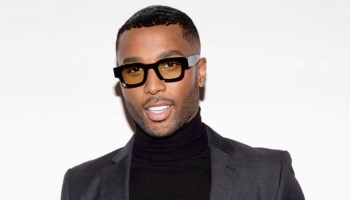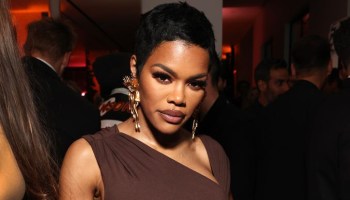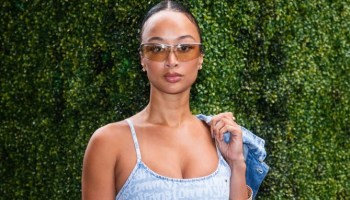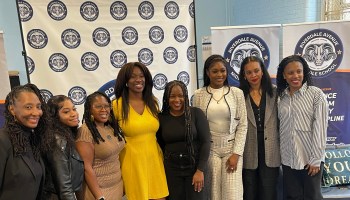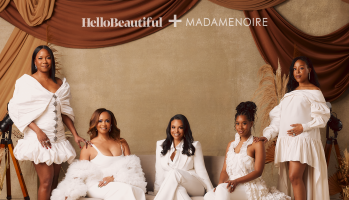Myori Granger is relaxed in the chair chatting away with her stylist her eyes lazily taking in the other models surrounding her. Her shoulders were soft. Her brow was unfurrowed. Usually at New York Fashion Week she would have to keep a watchful eye on the person working on her during last looks but this time she had no worries; her stylist was black.
“This is one of the first times I’ve ever been to a show with such a huge selection of black stylists”, said Granger backstage at this week’s Harlem Fashion Row show. “Myself and a lot of the other models were really excited. We were like wow! We know we’re gonna get our right complexion with our makeup. Our hair is gonna be on fleek! I trusted her doing my hair so I didn’t feel the need to prep it beforehand.”
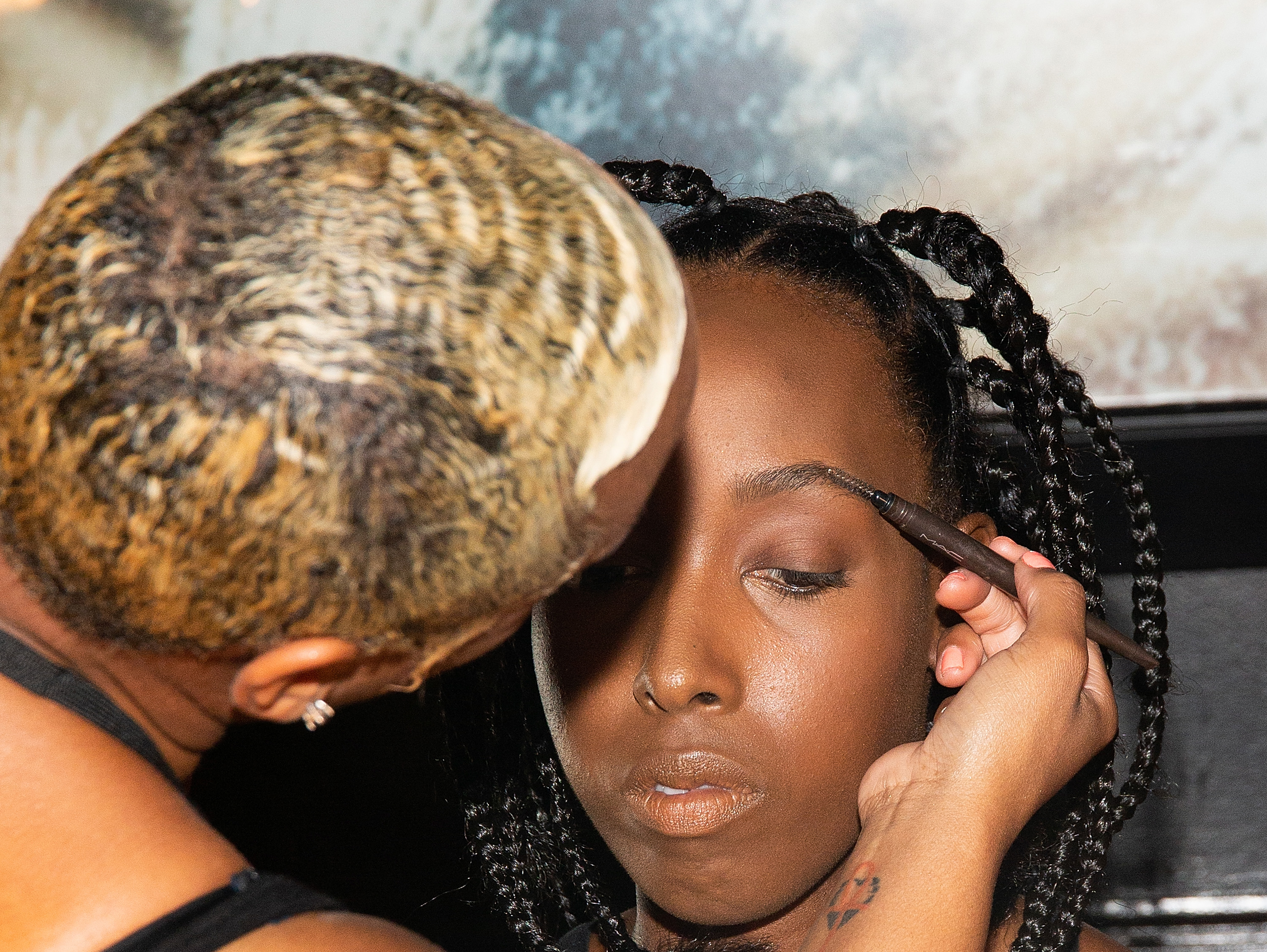
(Photo by Paul Zimmerman/WireImage)
“It’s really convenient that she’s prepping my hair”, she told Hello Beautiful adding that “She’s kind of prepping my show for the upcoming shows and I’m really grateful. I usually prep it myself. I have someone braid my hair for me and then I’ll throw a wig on.”
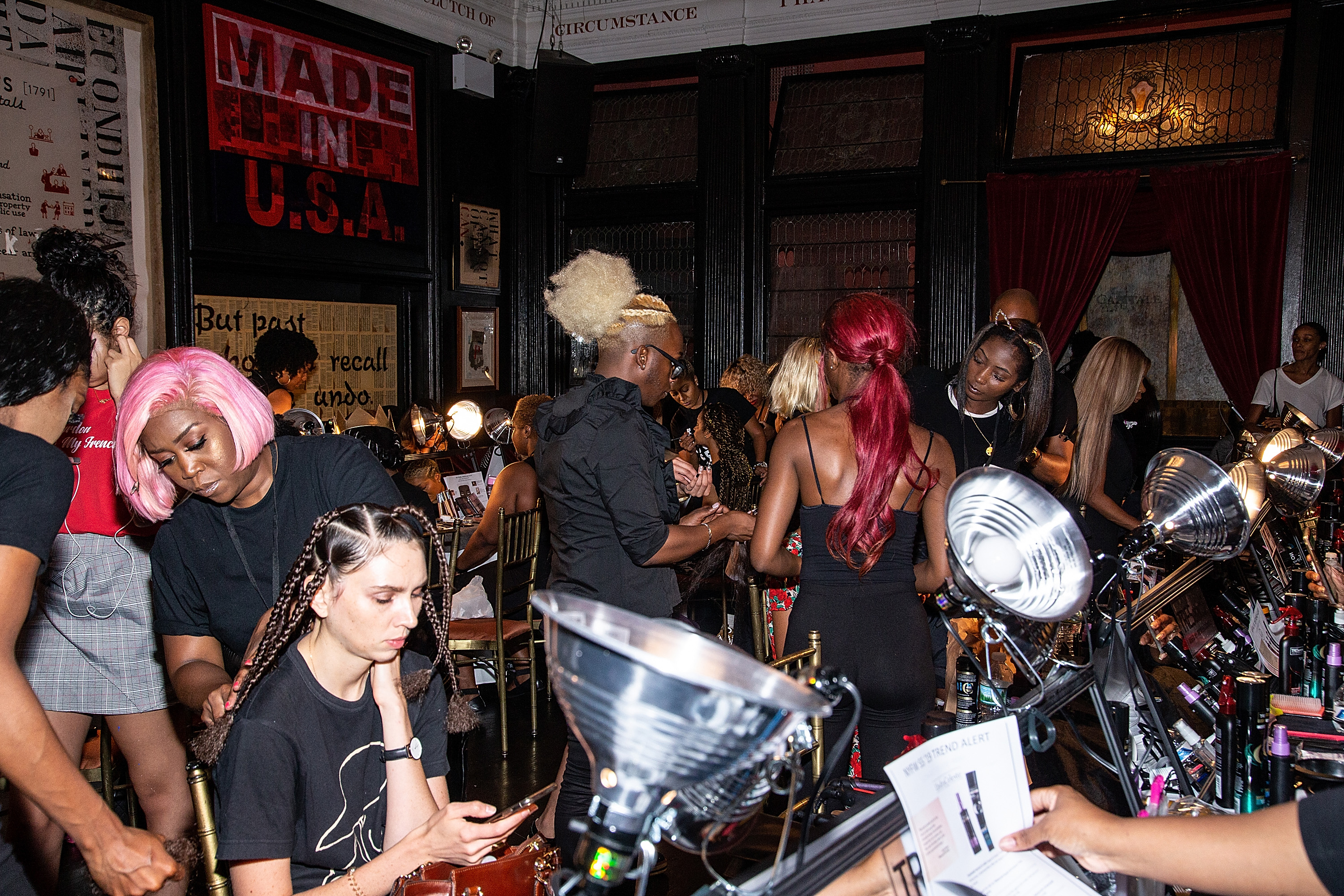
(Photo by Paul Zimmerman/WireImage)
The feeling of being pampered on set was unfamiliar for Granger who often has to protect her natural hair from uneducated hair stylists behind the scenes of other fashion shows. “Being African-American it’s really hard to find stylists that can accommodate our look and work with my hair texture. A lot of them don’t know how to braid so I wouldn’t trust them with it at all.”
Not having stylists capable of working with multiple hair types is not just racially and culturally insensitive. It’s also bad business.
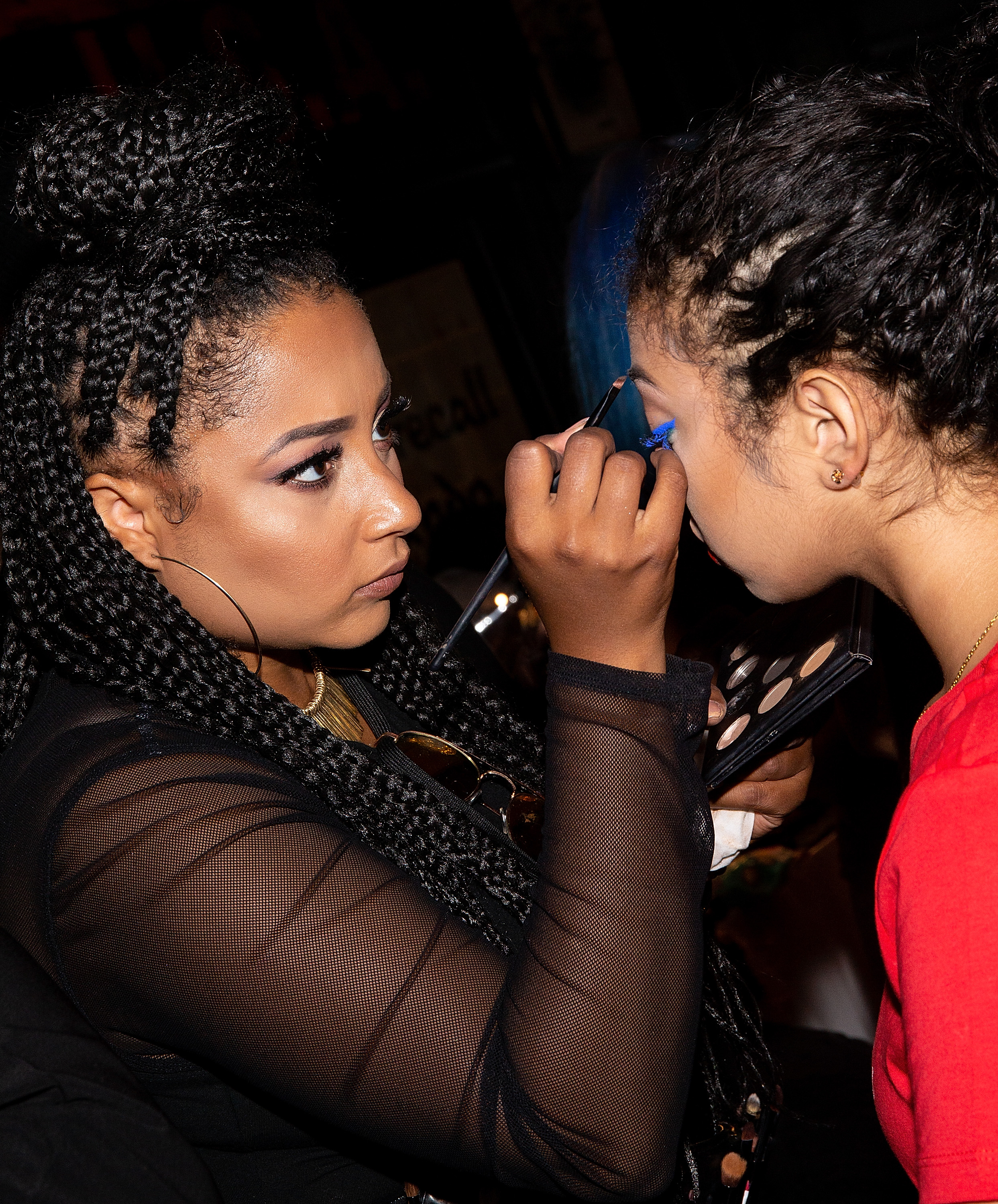
(Photo by Paul Zimmerman/WireImage)
It can cost a brand time and money because shows can potentially run over their allotted venue time because they were figuring out what to do with the models with textured hair.
“I feel like at a time like this you should not be experimenting”, says Granger. “You should know what you’re doing and just kind of get the job done. It definitely takes a longer time if you don’t know what you’re doing.”
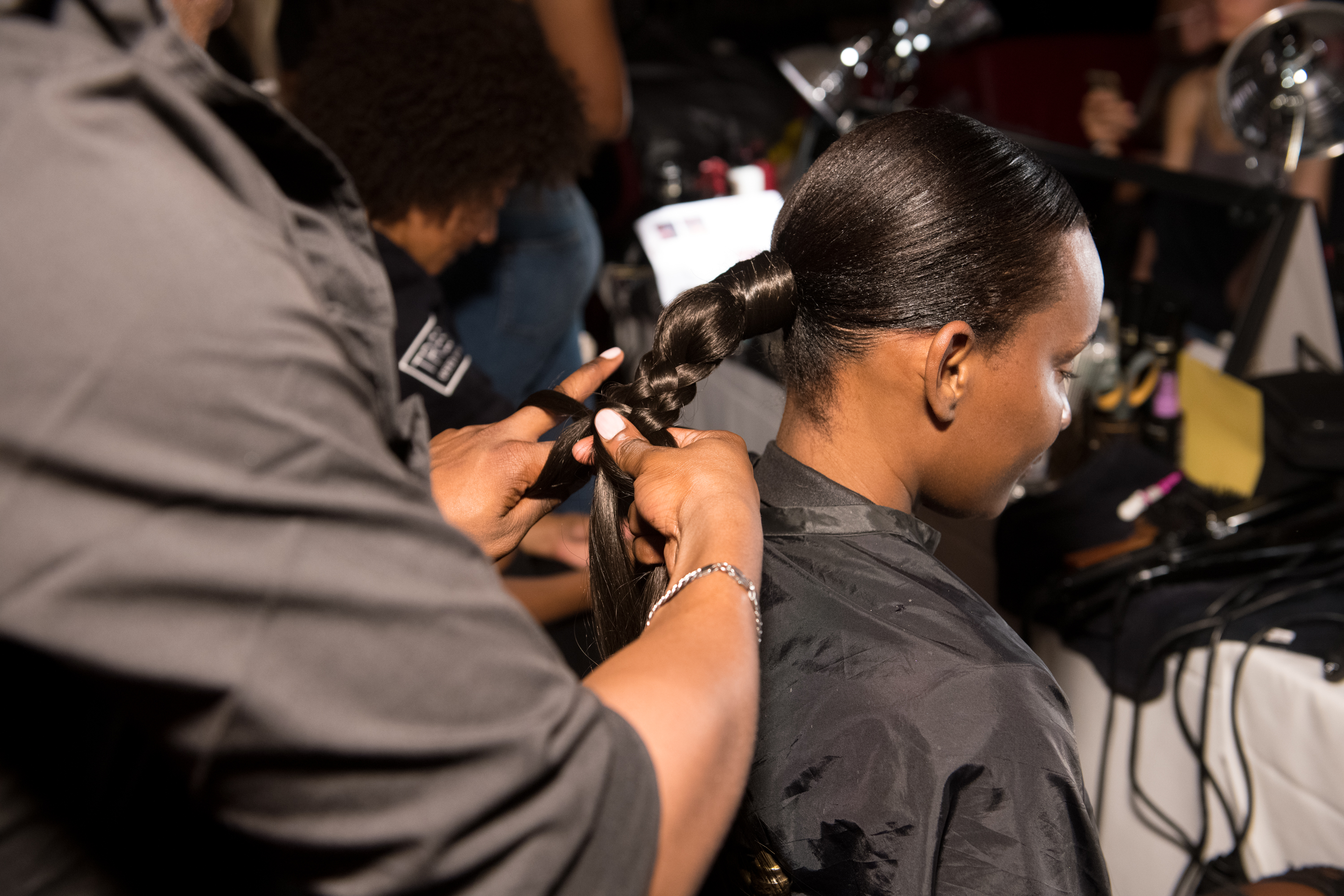
(Photo by Noam Galai/Getty Images)
The lack of qualified stylists at fashion week also impacts the designer’s vision. “You can’t match the color if you don’t know how to work with the hair”, said Granger. “For example, they always wanna do this wet look on African-American hair it doesn’t work!”

(Photo by Noam Galai/Getty Images)
She thinks the answer is designers properly preparing to execute the inclusion they publicly claim is so important to them. “You gotta choose styles that accommodate every race. So I think that’s something moving forward speaking for a lot of models that we can do as a society is be considerate of other cultures and races. Make sure the style you choose can work for the model you choose.”
